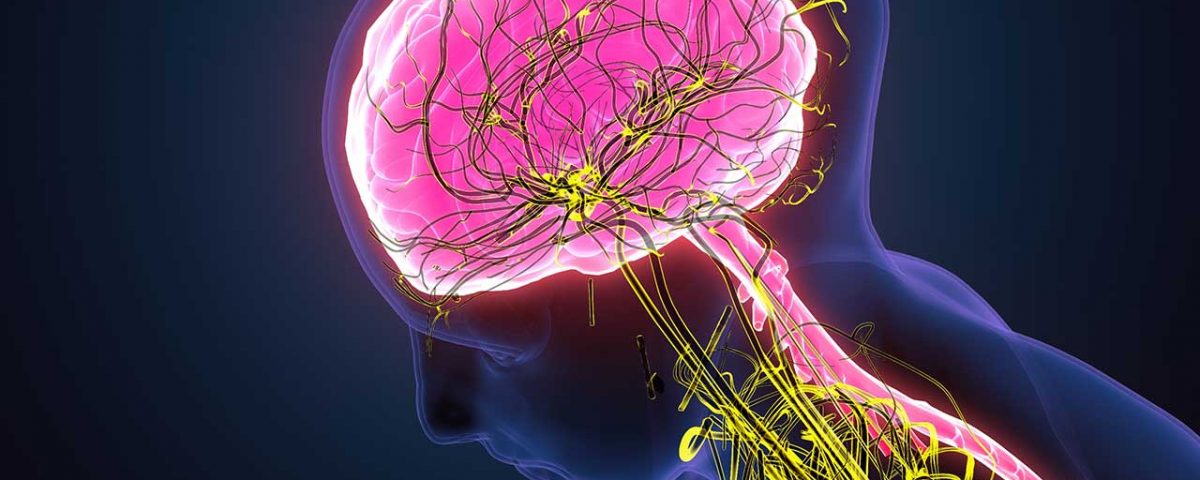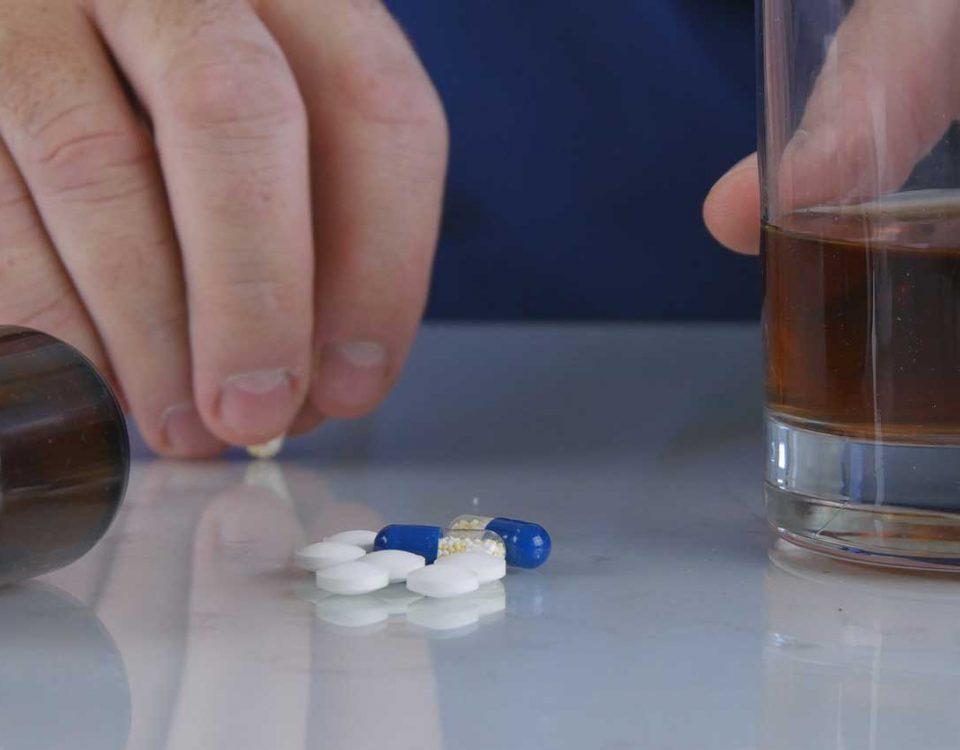Opana is the brand name for the opioid analgesic oxymorphone. This medication is used to relieve severe pain and is also used in cases when other pain medications didn’t alleviate symptoms well enough or cannot be tolerated. Opana is sometimes used to make anesthesia work better during surgery and to treat anxiety-related heart problems. Today, we’re looking into the question, how long does Opana stay in your system, so users can understand how the medication affects their bodies and how to prevent deadly side effects.
How Does Opana (Oxymorphone) Work?
Oxymorphone acts on opioid receptors in the brain and other areas of the body that respond to pain. Opana is normally prescribed in either immediate or extended-release tablets.
Immediate-release tablets take effect quickly and are short-lasting, while the ER version of Opana spreads slowly throughout the system over about 12 hours. Opana ER is usually only taken once daily because the side effects are long-lasting.
Doctors usually increase patients’ doses steadily over a few days so the medication can safely reach a consistent level in the system. It’s normal to experience some of the more adverse side effects of Opana during the first few days of treatment.
Common side effects of oxymorphone (Opana) include:
- Dry mouth
- Nausea and vomiting
- Stomach pain and swelling
- Excessive sweating
- Skin rash and flushing
- Red eyes
- Rapid heartbeat
- Headache
- Anxiety
- Confusion
- Itching
Some more serious oxymorphone side effects include mood swings, hallucinations, twitching, loss of coordination, and decreased libido, to name a few. If you’re taking this medication and notice any of these signs, speak to your doctor immediately.
Beware that opioids like Opana are highly addictive if taken in high doses or misused. Forms of drug abuse include taking higher doses than prescribed, mixing Opana with alcohol or other drugs, and taking it in a way it’s not meant to, such as crushing and snorting pills. If you or someone you know is addicted to Opana, reach out to our Massachusetts drug rehab to learn how our opioid addiction treatment can help.
Opana Half-Life: How Long Does Oxymorphone Stay In Your System?
The half-life of Opana refers to how long it takes for half of the drug to be eliminated from someone’s system. Opana’s half-life depends on the formulation of the drug that’s taken. While immediate-release oxymorphone has a half-life of seven to nine hours, extended-release oxymorphone has a half-life of 9 to 11 hours.
It usually takes several half-lives for a drug to be eliminated from a person’s system. In other words, short-acting Opana can stay in your system for up to 45 hours, while long-acting Opana can stay in your system for as long as 55 hours.
As with other opioid drugs, oxymorphone carries the risk of overdose if taken in high doses. Opioid overdose can be fatal and is marked by the depression of functions like breathing and heart function. For these reasons, it’s important to understand how long Opana stays in your system.
Factors That Influence How Long Opana Stays in Your System
Various factors influence how long oxymorphone stays in your system. These factors may include:
- Kidney function: A person with kidney problems may take longer to clear oxymorphone and even experience adverse effects in these regions if the medication is taken in higher doses than prescribed.
- Liver function: Oxymorphone is predominantly metabolized in the liver, preexisting liver diseases or processes can inhibit this process. This is also taken into consideration when doctors are prescribing patients.
- Longevity of use: Opioids like oxymorphone accumulate in your system with long-term use. People who have used Opana for long periods may take longer to eliminate it from their systems because the drug accumulates in fatty tissue.
- Age: Oxymorphone tends to reach higher concentrations in the bloodstream in older adults. For this reason, older patients taking Opana might take longer to eliminate it.
Does Oxymorphone Show Up on a Drug Test?
Yes, oxymorphone shows up on standard drug tests as an opioid. Detection windows for Opana may vary depending on whether the person has consumed a lot of liquids, frequency of use, doses, and metabolism.
Individuals who take higher doses of Opana are more likely to test positive on drug screenings. Hydration can also dilute urine and make the drug more difficult to detect. People with fast metabolisms tend to eliminate drugs from their systems more quickly.
Below are detection windows for Opana depending on the type of drug test:
- Urine: Oxymorphone can be detected in urine for 1 to 4 days after use.
- Blood: Oxymorphone can be detected in blood for up to 3 days after use.
- Saliva: Oxymorphone is detectable in saliva for up to 48 hours after use.
- Hair: As with most drugs, oxymorphone can be detected in hair for up to 90 days after use.
Understanding how long Opana stays in your body can prevent adverse interactions and overdose. While the drug’s effects may dissipate after 12 hours, oxymorphone remains in the body for much longer. Consuming other substances like alcohol during this period can lead to adverse reactions. Opioids and alcohol should never be mixed.
Crushing Opana tablets and snorting them can also release the medication too quickly into your system, increasing your risk of overdosing. Opioid overdose is life-threatening and is marked by symptoms like respiratory depression, unconsciousness, dizziness, and more. If you witness any of these symptoms, call 9-1-1 immediately.
Help for Opana Addiction
While effective for pain treatment, Opana can become addictive if it’s misused for long periods. If you’re using higher doses than your doctor prescribed, using someone else’s prescription drugs, or struggling to quit using Opana, you might have a problem.
Banyan Treatment Center offers Massachusetts addiction treatment for opioid use disorders and various other kinds of addictions. No matter what drug you’re dependent on, our facility can pave the way for your recovery.
Don’t let drugs like oxymorphone take over your life. Call our Boston rehab today at 888-280-4763 to learn how to get started.
Related Reading:
Do Opioids Cause Erectile Dysfunction?
List of Opioids Strongest to Weakest









